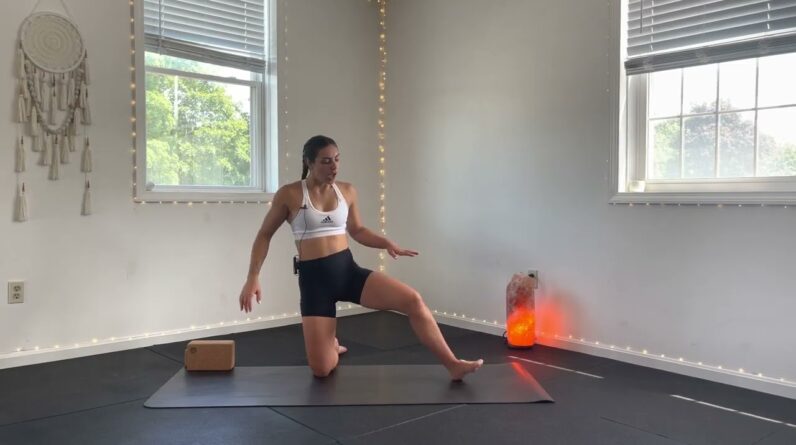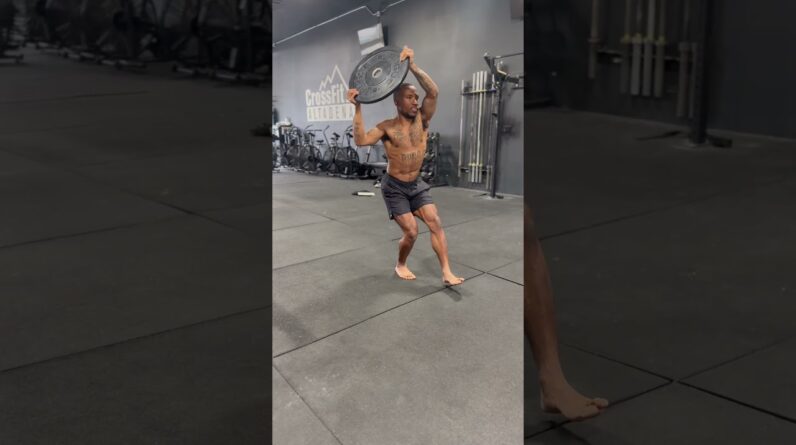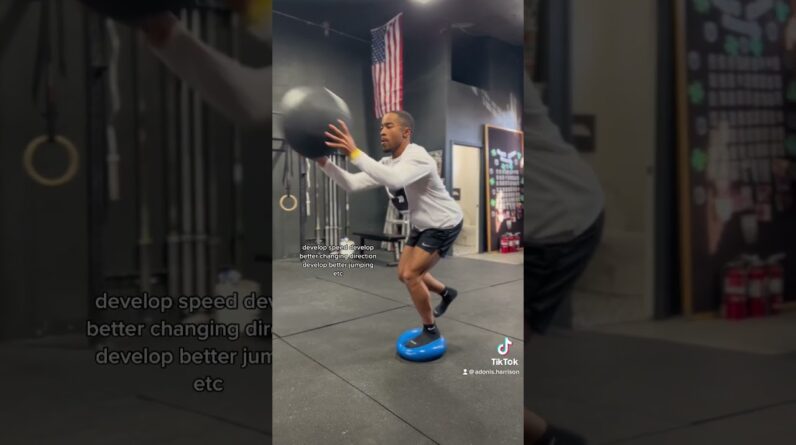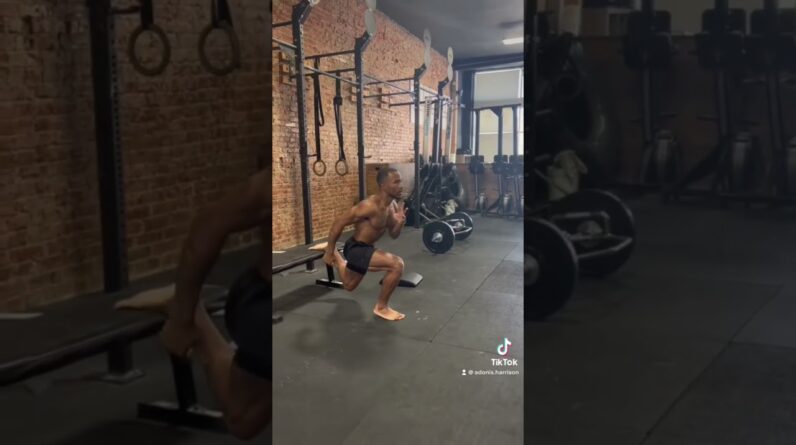If you’re a trainer, therapist or coach looking to take your clients’ hip and pelvic training to the next level, look no further than the Spectrum Workshop’s comprehensive guide to mastering this vital area of the body. With expert insights and practical tips, this guide will equip you with the knowledge and tools you need to help your clients reach their full potential and achieve optimal hip and pelvic health. So whether you’re a seasoned pro or just starting out in the field, get ready to step up your game and deliver results that truly make a difference with this invaluable resource.
Introduction
Hip and pelvic training is essential for maintaining good posture, preventing injuries, and improving athletic performance. It is a crucial aspect of fitness that is often overlooked, but with the right guidance, trainers, therapists, and coaches can help their clients achieve optimal results. In this comprehensive guide, we will explore the best practices and exercises for mastering hip and pelvic training.
Why is Hip and Pelvic Training Important?
The hips and pelvis play a crucial role in the body’s movement and stability. Weakness or tightness in these areas can lead to a range of problems, including lower back pain, knee pain, and poor posture. By incorporating hip and pelvic training into their clients’ workout routines, trainers, therapists, and coaches can help prevent these issues and improve overall athletic performance.
Best Practices for Hip and Pelvic Training
- Start with a Warm-Up: Before beginning any exercises, it’s essential to warm up the muscles in the hips and pelvis. This can be achieved through light cardio, such as jogging or jumping jacks, or through dynamic stretches that target these areas.
- Focus on Form: When performing hip and pelvic exercises, it’s crucial to focus on proper form to avoid injury and ensure optimal results. This includes maintaining a neutral spine, engaging the core, and keeping the knees in line with the toes.
- Incorporate Resistance: Resistance training is an effective way to strengthen the muscles in the hips and pelvis. This can be achieved through exercises such as squats, lunges, and hip thrusts.
- Stretch for Flexibility: In addition to strength training, flexibility is essential for maintaining healthy hips and pelvis. Incorporating dynamic stretches and yoga poses can help improve range of motion and prevent tightness in these areas.
Top Exercises for Hip and Pelvic Training
- Hip Thrusts: This exercise targets the glutes, hamstrings, and lower back muscles. It involves lying on the back with knees bent and feet flat on the ground, then lifting the hips upwards while squeezing the glutes.
- Squats: Squats target the quads, glutes, and lower back muscles. They involve standing with feet shoulder-width apart and lowering the body as though sitting in a chair, then returning to a standing position.
- Lunges: Lunges target the quadriceps, hamstrings, and glutes. They involve stepping forward with one foot and lowering the body until the back knee touches the ground, then returning to a standing position.
- Pigeon Pose: Pigeon Pose is a yoga stretch that targets the hips and pelvis. It involves starting on all fours, then bringing one knee forward and stretching the opposite leg behind the body.
- Fire Hydrants: This exercise targets the glutes and hips. It involves starting on all fours and lifting one leg out to the side while keeping the knee bent.
Incorporating Video into Hip and Pelvic Training
Video can be an effective tool for demonstrating proper form and providing visual cues for clients to follow during their workouts. A 53-second video hosted on YouTube can be embedded in the content to show the proper execution of hip and pelvic exercises.
Conclusion
Mastering hip and pelvic training is essential for trainers, therapists, and coaches looking to help their clients prevent injury and improve athletic performance. By starting with a warm-up, focusing on form, incorporating resistance, and stretching for flexibility, trainers can help their clients achieve optimal results. With the help of video demonstrations, trainers can provide visual cues and ensure that their clients are performing exercises correctly.
FAQs
- Q: What is hip and pelvic training?
A: Hip and pelvic training involves exercises and stretches aimed at improving the strength and flexibility of the muscles in the hips and pelvis. - Q: Why is hip and pelvic training important?
A: The hips and pelvis play a crucial role in movement and stability, and weaknesses or tightness in these areas can lead to injury and poor posture. - Q: What are some of the best exercises for hip and pelvic training?
A: Some of the top exercises for hip and pelvic training include squats, lunges, hip thrusts, fire hydrants, and Pigeon Pose. - Q: What are some tips for incorporating video into hip and pelvic training?
A: Video can be an effective tool for demonstrating proper form and providing visual cues for clients to follow during their workouts. - Q: How long should a warm-up be before starting hip and pelvic exercises?
A: A warm-up should last at least 5-10 minutes to properly prepare the muscles for exercise.







